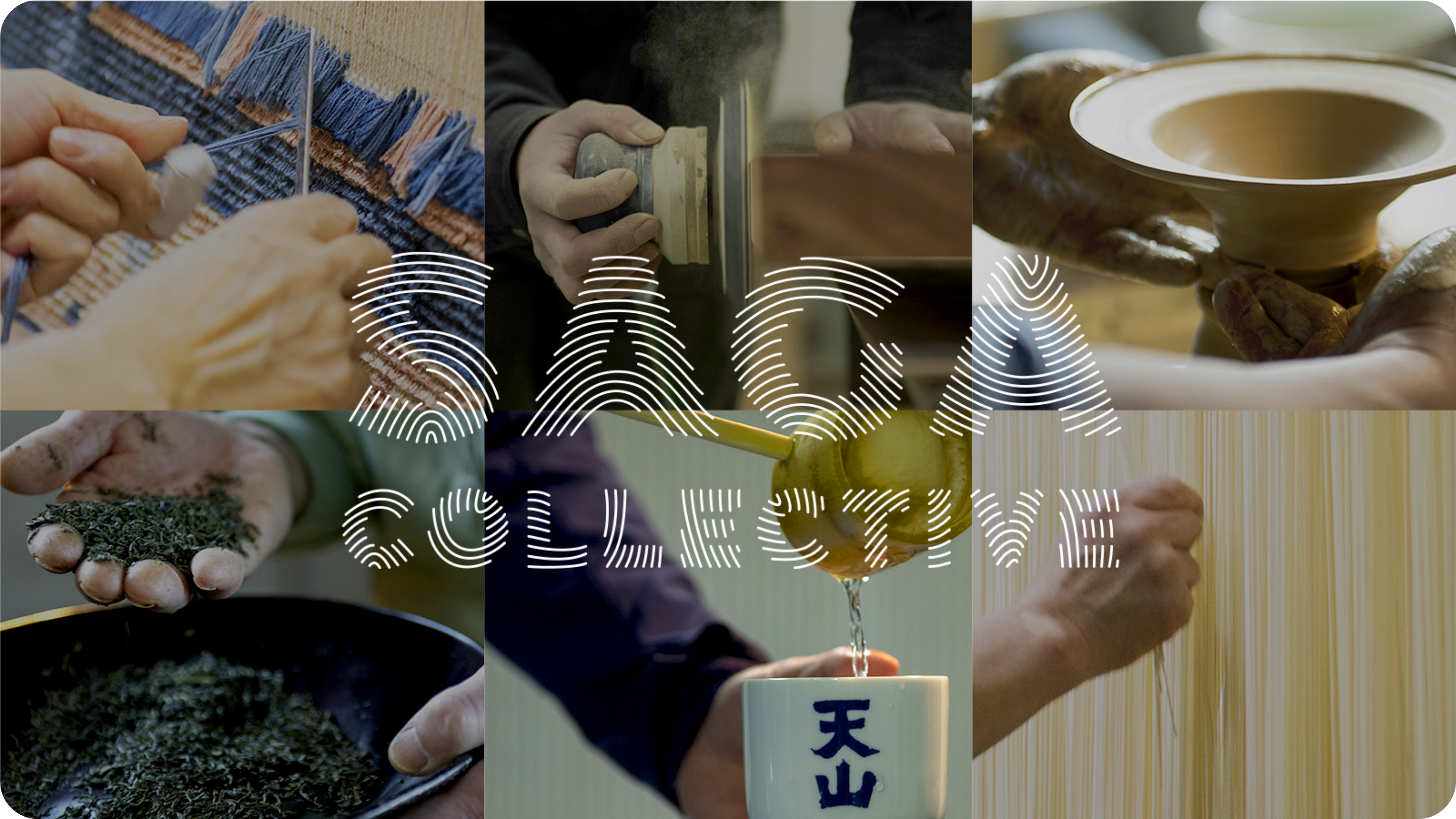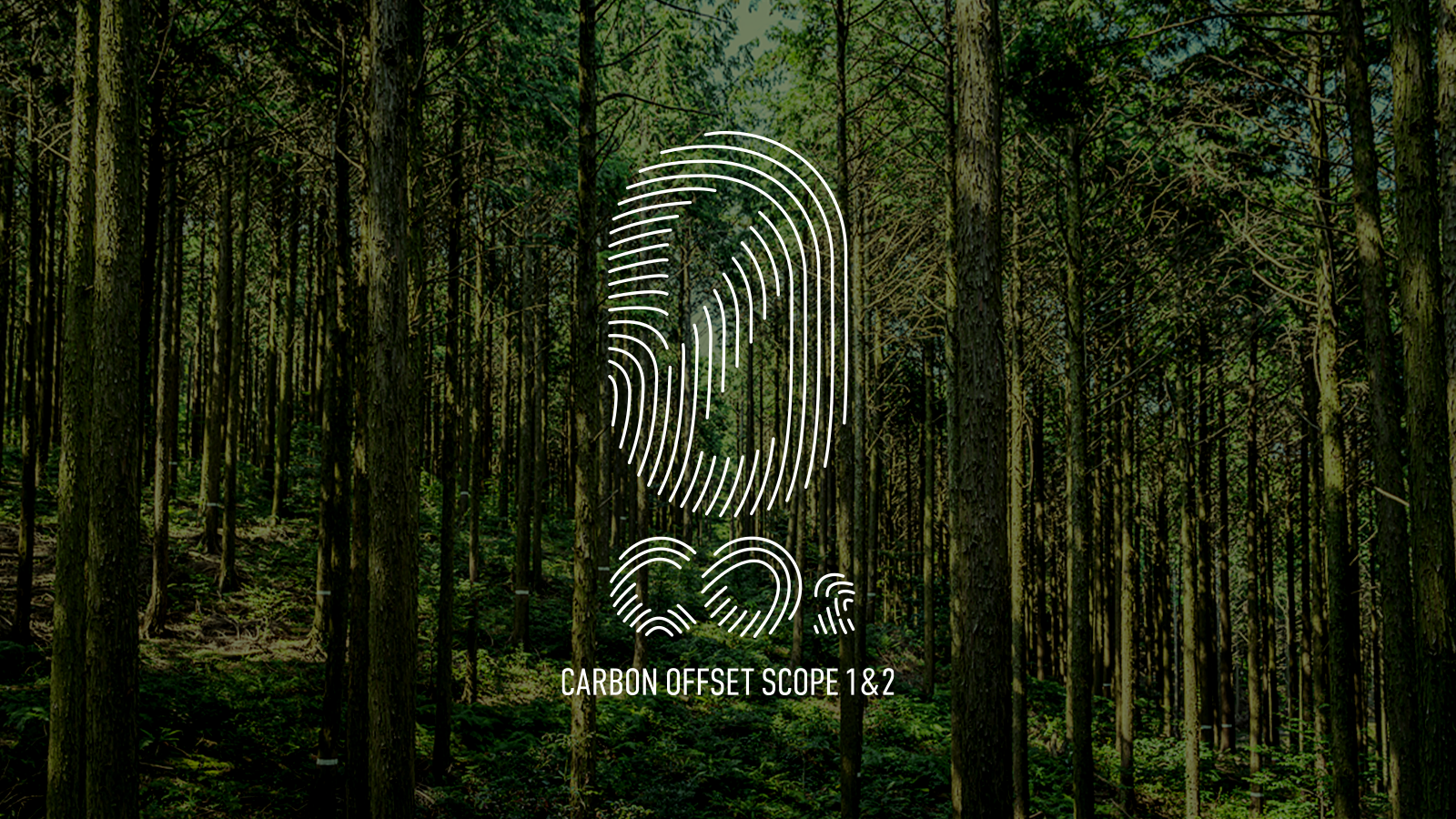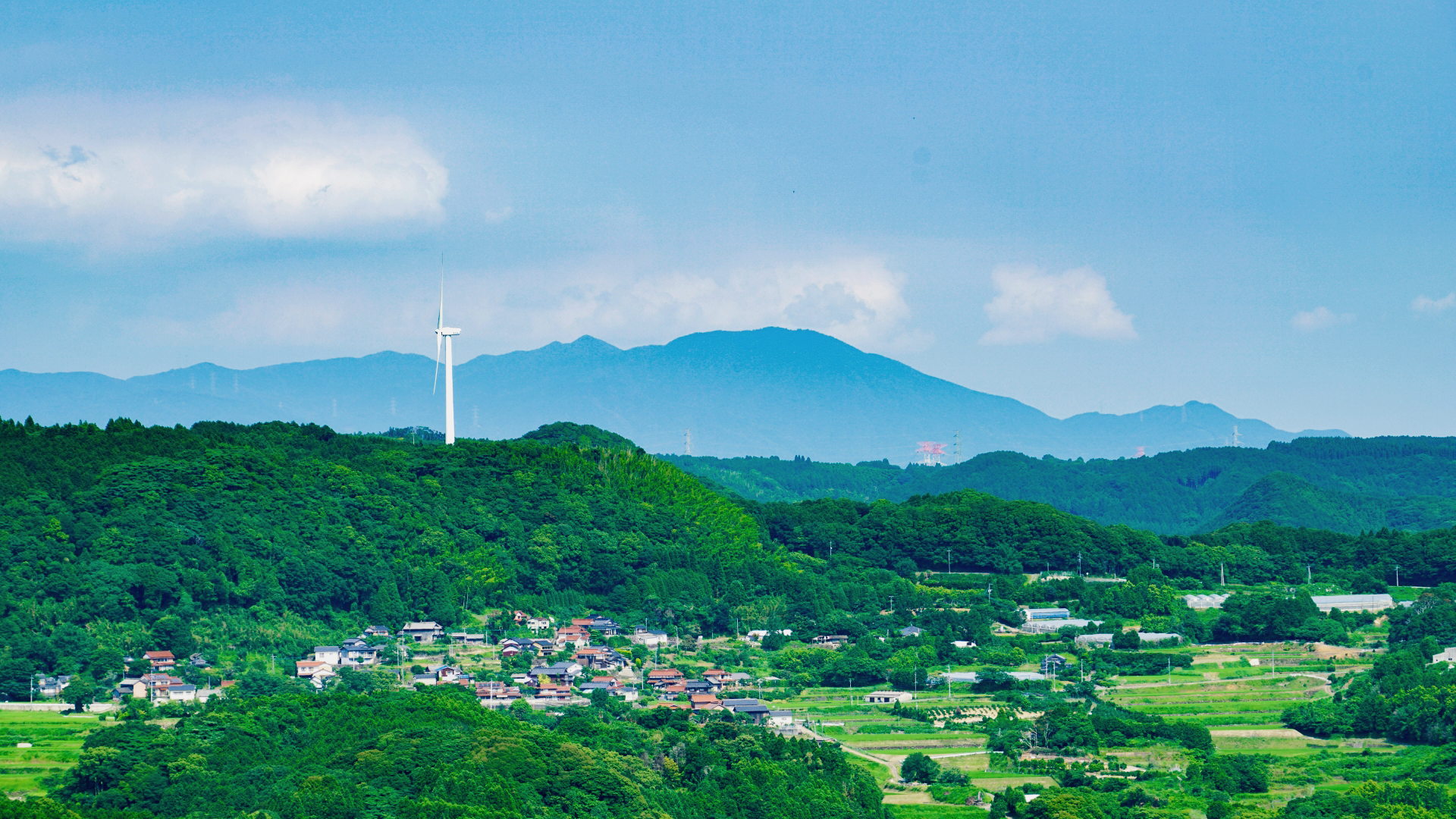About SAGA COLLECTIVE
Earth and Local
For the Future
Japan's first decarbonization
local brand

In their own hometowns
Is there a future?
Carrying on the tradition
To connect to the next generation
SAGA COLLECTIVE is a cooperative consisting of 11 companies from different industries representing local and traditional industries in Saga Prefecture.
What can we do to weave together the culture and traditions of Saga?" has been the theme of discussions that have transcended industrial boundaries since its establishment in 2021.
The vision that we set forth was to "protect the local environment and future industry.
Ureshino-tea and Arita-yaki ceramics have a history of over 400 years, Nabeshima Dantsu, Nao Washi, and Kanzaki Somen over 300 years, and our companies and their respective industries have a long history of over 100 years. Our predecessors have built these industries in response to the changing times and in harmony with nature.
That is why we decided to visualize and reduce our environmental impact from the perspectives of "earth-friendly," "people-friendly," and "society-friendly" based on "ethical" considerations for environmental conservation and local communities.
We measure the CO2 emissions of each company and product in our cooperative and work to reduce them. emissions, we offset the amount of CO2 emissions we fail to reduce by supporting the protection of forests in Saga Prefecture.
Highly motivated producers, listening to the voice of nature, will pass on the power of the region to the future. For such a future, we have re-launched as a sustainable brand with zero CO2 emissions from Saga Prefecture.

How Zero CO2 Emissions Works
The CO2 emitted from this brand's products is absorbed by thinning that promotes the preservation and growth of Saga Prefecture's forests. In other words, when you buy SAGA COLLECTIVE products, you are protecting the future of the earth and the region. In decarbonizing our products, we first calculated the CO2 emissions of scope1 and scope2 (*1) based on the previous year's corporate activities of each company. We will offset (*3) 410 tons per year (*2) of the calculated amount by purchasing offset credits (J-VER) derived from the "Taradake Ariake Sea Forest" thinning promotion project owned by Saga Prefecture (see figure below), while making reduction efforts over the medium to long term through the conversion to renewable energy and other measures. See the figure below).
By utilizing these credits, we can further reduce CO2 emissions beyond our own reductions. We will continue our efforts to realize a model of local production for local consumption, whereby locally emitted CO2 is locally absorbed, as much as possible.

Scope 1 refers to direct CO2 emissions by the business itself (e.g., fuel combustion); Scope 2 refers to indirect emissions resulting from the use of electricity, heat, and steam supplied by other companies.
2. Total CO2 emissions of the 11 companies totaled 1,365 tons for scope 1 and scope 2 (6 of the 11 companies offset the entire amount).
3. Calculated by dividing scope1/scope2 emissions proportionally by the production volume (or sales scale) of each product.

Sustainable
People Friendly
Socially Friendly
Each of the participating companies in our cooperative promotes ethical initiatives on a daily basis. This time, a whopping 6 out of 11 companies in the association, more than a majority, have decided to decarbonize not only their products, but also their entire company. This is a rare achievement among Japanese industries, as it marks the birth of businesses such as "Somen", "Carpet (Dantsu)", "Tea", "Nori", and "Washi", which have achieved company-wide decarbonization at the same time.
Other initiatives, such as commercialization of products using natural materials, local production for local consumption and support for artisans, and other ethical efforts by various companies to date, can now be converted into value by visualizing carbon.
Other initiatives, such as commercialization of products using natural materials, local production for local consumption and support for artisans, and other ethical efforts by various companies to date, can now be converted into value by visualizing carbon.
